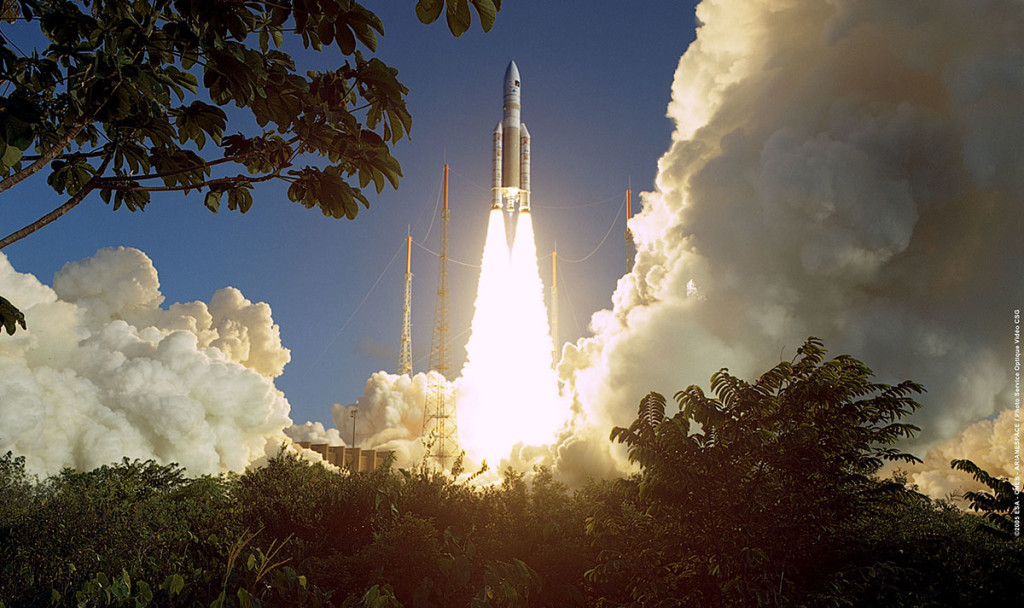Ariane 5: a success for Avio
The launcher, developed and built, under authorization from the European Space Agency, by EADS SPACE Transportation, started from the European Space Centre in Kourou (French Guyana) with the primary purpose of placing satellites in geostationary orbit.

esa.int
After about twenty years, the 73rd mission of the European launcher Ariane 5 began on Wednesday 30th July at 01:47 Italian time.
The launcher, developed and built, under authorization from the European Space Agency, by EADS SPACE Transportation, started from the European Space Centre in Kourou (French Guyana) with the primary purpose of placing satellites in geostationary orbit. Two satellites, or even three, if weight and dimension are small enough, can be loaded.
The latest version of Ariane 5 was designed to put in orbit, in the mission undertaken as soon as, the cargo ATV (Automated Transfer Vehicle) named Georges Lemaitre, an unmanned automatic shuttle that weighs 6.6 tons, which supplies the Space Station International.
The first flight of the Ariane 5 dating back to June 4th, 1996 was a failure as the rocket after just 40 seconds after launch, self-destructed due to a malfunction in the control software. The second flight, which took place on October 30th, 1997, was not immune to problems: a dangerous vibration of the nozzle of the Vulcain led to the shutdown of the engine, the successive stages worked properly in orbit carrying the load, but not reaching the expected height. The success was achieved with the third launch on October 21th, 1998, which was followed by the first commercial launch on December 10th, 1999. On this occasion it was launched the X-ray observatory XMM-Newton.
In 2001, it is began to launch satellites and since then correct and bankruptcy launches followed, often caused by problems in the group of main engines until the last mission, in which Avio, an international group leader in the design and manufacture of components and systems for space propulsion, has achieved yet another success.
Avio contributes to the realization of the European launcher Ariane 5 to about 15%, producing the liquid oxygen turbopump for the Vulcain cryogenic engine and the two side motors, each of which is loaded with about 237 tons of solid propellant and develops the necessary thrust for the output by the atmosphere of the launcher.
The ATV Georges Lemaitre will conduct two scientific experiments: The Break-Up Camera, which records images of the ATV destruction during re-entry into the atmosphere and the Liris, which texts a sensor for
the recovery of space waste and it will transport to the International Space Station (ISS) as well as supplies of fuel, water, air and other consumables, also a work of art created specifically for the ISS by the artist Katie Paterson.
The CEO of Avio, Pier Giuliano Lasagni, comments: “We are very pleased with this new milestone, yet another demonstration of the excellence of our products. Comes once again confirmed the high level reached by the Italian technology in the aerospace industry thanks effort, commitment and high skills of the entire team of Avio by Colleferro, Rivalta and Kourou. We hope that the passion that has guided us in the past years can find positive response in adhering of Italy in the second phase of the program for development and qualification of the Ariane 6 in the course of the Conference for the Space of Ministers of member countries of ESA which will be held by the end of 2014”.
